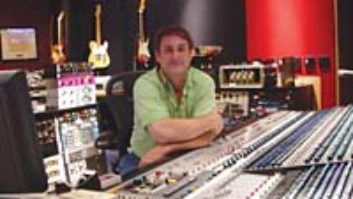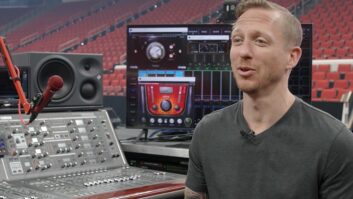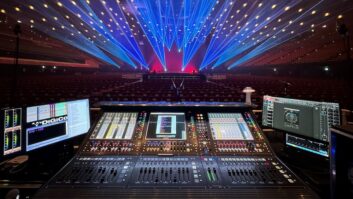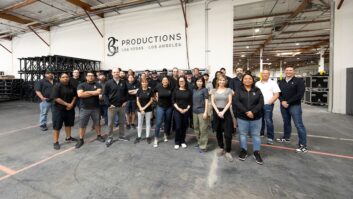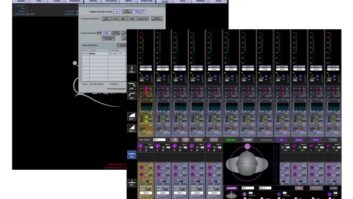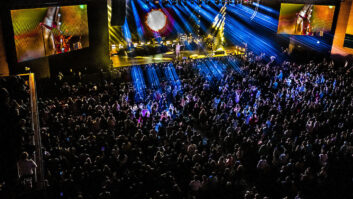Escondido, CA (September 10, 2018)—Stone Temple Pilots hit the road this summer for the Revolution 3 Tour, co-headlining with Bush and The Cult. House sound for the journey was provided by Escondido, CA-based Sound Image, and along for the ride with STP were monitor engineer and crew chief Sean Herman, FOH engineer James “Hootsie” Huth and system engineer Chris Demonbreun, along with a pair of DiGiCo SD12 consoles deployed at the FOH and monitor mix positions.
“When we started this tour, everything had to fit into a trailer,” said Hootsie. “We started before this three-band run, doing large clubs and small theaters. This being Stone Temple Pilots, it’s a rock band, we need maybe 24 inputs max. The traveling plans meant we had to go with the smallest frame size possible and it looked like the SD12 had all the inputs and horsepower we would need—so we decided it was time to see what they could do, and they’ve been fantastic. With the same audio quality as the bigger SD consoles and all the inputs we would need for gigs of many sizes and types, we just couldn’t pass up the chance to take out the SD12.”
The audio team opted to loop everything together via the DiGiCo 192k SD-Rack through the Optocore loop, sharing mic preamps and using the gain tracking feature. Herman noted, “If I need to goose a mic pre to get what I need on what can be a loud stage, I make the change and Hootsie’s console just takes care of it on his end. He never even knows I made a change.”
“Our guys [STP] have been together a long time and they are really stable sonically,” Hootsie explains. They’re also a really dynamic band, so I’ve always had to leave plenty of headroom on each input. So, for me, preamp levels have stayed the same for years. But I’m doing a cumulative mix of all the channels into a left/right mix, and what Sean is doing on monitors is a very different deal—so when he first set things up, the gain settings of many of the inputs were hotter than I would have liked. But I just engaged the gain tracking and brought everything down 6-8 dB and it’s stayed the same ever since.”
Keeping signals in the digital domain was another big draw, says Demonbreun: “Everything you hear is coming to me from Hootsie’s console over AES at 96K and feeding the LA-RAKs for the L-Acoustics K1/K2 package system. Everything is digital from the time it leaves the mic pre until the time it hits the speakers.” AES distribution was handled by a Reidel RockNet system.
Sound Image • www.sound-image.com
DiGiCo • www.DiGiCo.biz

